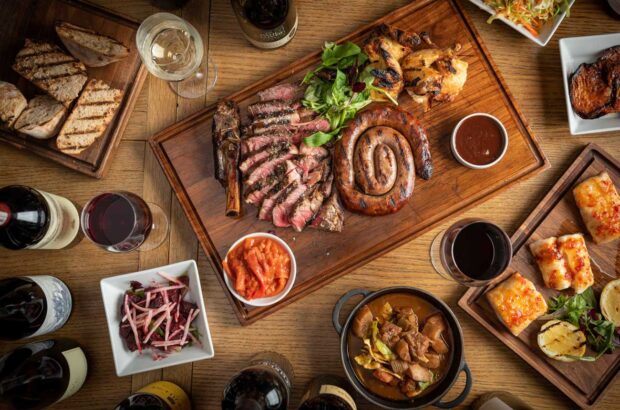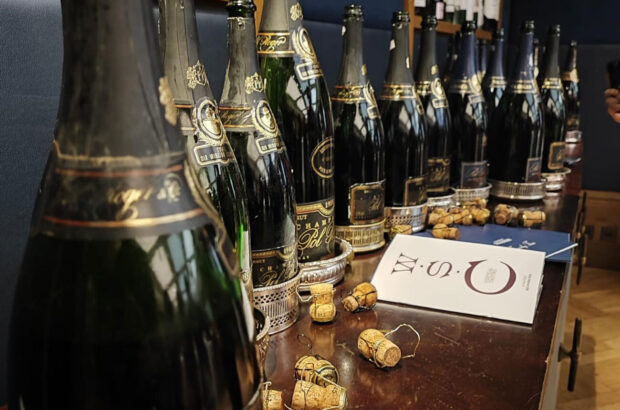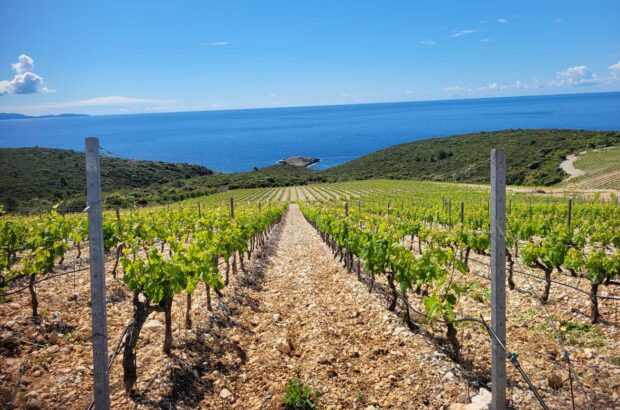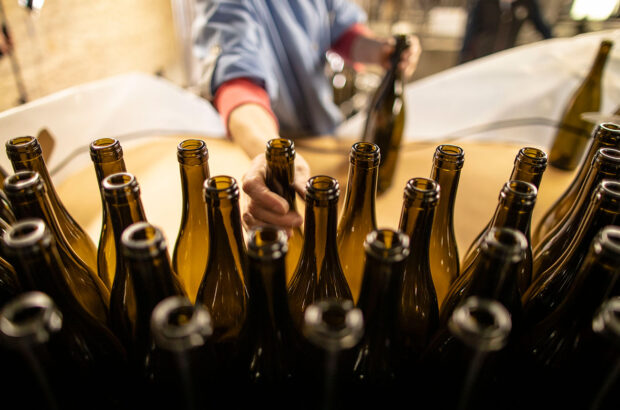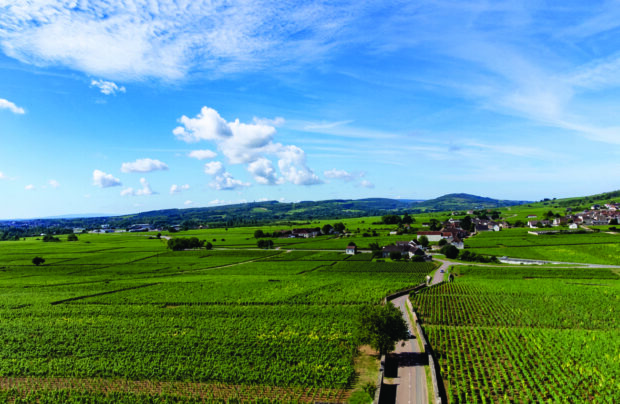Good wine books are few and far between. There are brilliant reference guides and a few classics that deserve to be read in full, but it’s rare to find a wine book that you want to dip into before bed, sink into an armchair with, or bask under on a sunny day. A handful of recent releases, however, break the mould.
The Evolution of English wine
Henry Jeffreys’ Vines in a Cold Climate (paperback £10.99 Allen & Unwin, June 2024) has been snaffling up awards – and justifiably so. The book is a gentle stroll through the history of English wine, meeting the people who have been party to the industry’s evolution from hybrids made by hobbyists to serious wines (sparkling and still) that have earned a place on the world stage. Jeffreys’ prose is as charming as he is, providing an affable, easygoing guide to England’s vineyards and some of its more eccentric characters. It’s not perfect: chapters read like standalone essays, meaning you’ll find some repetition; there are some frustrating typos (one consistently for chaptalisation); and the book would have been even better with a broader context. But these are minor quibbles – it’s a book that will appeal to amateurs and experts alike, sweeping the reader up in the excitement of the movement.
Adventures in Burgundy
While Jeffreys approaches English wine as an onlooker, Alex Gambal’s Climbing the Vines in Burgundy (US$24.99/£18.99 Hamilton Books, August 2023) describes a transition from outsider to insider, as the American moves his family across the Atlantic to settle and develop a small domaine in this rural corner of France. As a self-published title, the book hasn’t gone through formal design or systematic editing processes – which shows in the rather rudimentary layout, abundant typos and occasional overlong sections. Look past these issues, however, and you’ll discover the ins and outs of the Burgundy wine trade, as well as the unvarnished reality of life as a vigneron. This is Gambal’s own story, unedited, and hence just one man’s personal view, but it gives insight into the practical realities of wine-growing and winemaking, as well as the culture-shock of village life in Burgundy (reminiscent of Simon Loftus’ Puligny-Montrachet: £12.99 Daunt, 4th printing 2019). Less pedantic readers will doubtless love exploring Burgundy behind the scenes.

Alex Gambal
Good wine science
Also self-published is The New Viticulture, Jamie Goode’s latest release (£34 Flavour Press, October 2023). This isn’t a luxurious book – with unenviable paper and print quality – but its contents offer such depth. The scientist-turned-wine-writer dives into viticulture today, in the face of ‘climate chaos’, looking at the entire ‘agroecosystem of the vineyard’, with a call to arms for true sustainability – which he feels lies in regenerative agriculture. It’s nerdy, almost to the extreme, with a dense style – including interviews and swathes of quotes from producers around the world – that won’t appeal to all wine drinkers. The absence of an index makes it unnecessarily difficult to navigate, and the unwieldy 400-plus pages aren’t the best bedside-table fodder. For those who want to get to grips with the nuances of farming vines today, however, it’s an invaluable resource.
France and Australia: why to go

While Goode’s work is aimed at those with more scientific leanings, every wine lover should make space on their shelf for two ambitious tomes: Jon Bonné’s The New French Wine (£112 Ten Speed Press, March 2023) and How to Drink Australian by Jane Lopes and Jonathan Ross MS (£40 Murdoch Books, September 2023). The former is an extensive, two-volume exploration of the complex face of French wine today. Bonné – former wine editor at The San Francisco Chronicle – spent nine years working on the book, which is broken up into ‘The Narrative’ (looking at the nation by region, with additional spotlights on themes such as natural wine and appellation systems) and ‘The Producers’ (which provides profiles of those he sees as France’s most important winemakers today). It’s an essential reference but also wonderfully readable, light yet precisely phrased and laced with his dry wit. Bonné aims to capture the ‘meta transformation’ that has been taking place across France, and its ‘postmodern reality’.

Jane Lopes
Equally essential is How to Drink Australian – the wine book that I wish had existed when I visited Australia in 2018. It’s more encyclopaedic in nature, with glorious original maps, created by Martin von Wyss, that help provide insights into each region. American sommeliers Ross and Lopes moved to Melbourne in 2017 and started discovering how good Australian wine really is; this book is their effort to ensure its quality is recognised internationally. The focus here is on what defines each region, with miniature profiles of top producers for each – and icons to provide a quick guide to everything from the must-visits to the new guard, environmental heroes and regional stalwarts. The mass of detail is broken up with personal recommendations for specific wines, illustrations and colourful box-outs, including one on Australian slang. It will fill you with wanderlust, leaving you desperate to book a flight and roam through Australia’s wine regions.
‘It will fill you with wanderlust, leaving you desperate to book a flight and roam through Australia’s wine regions’

Jon Bonné







